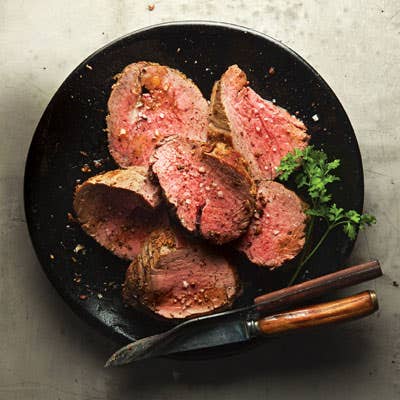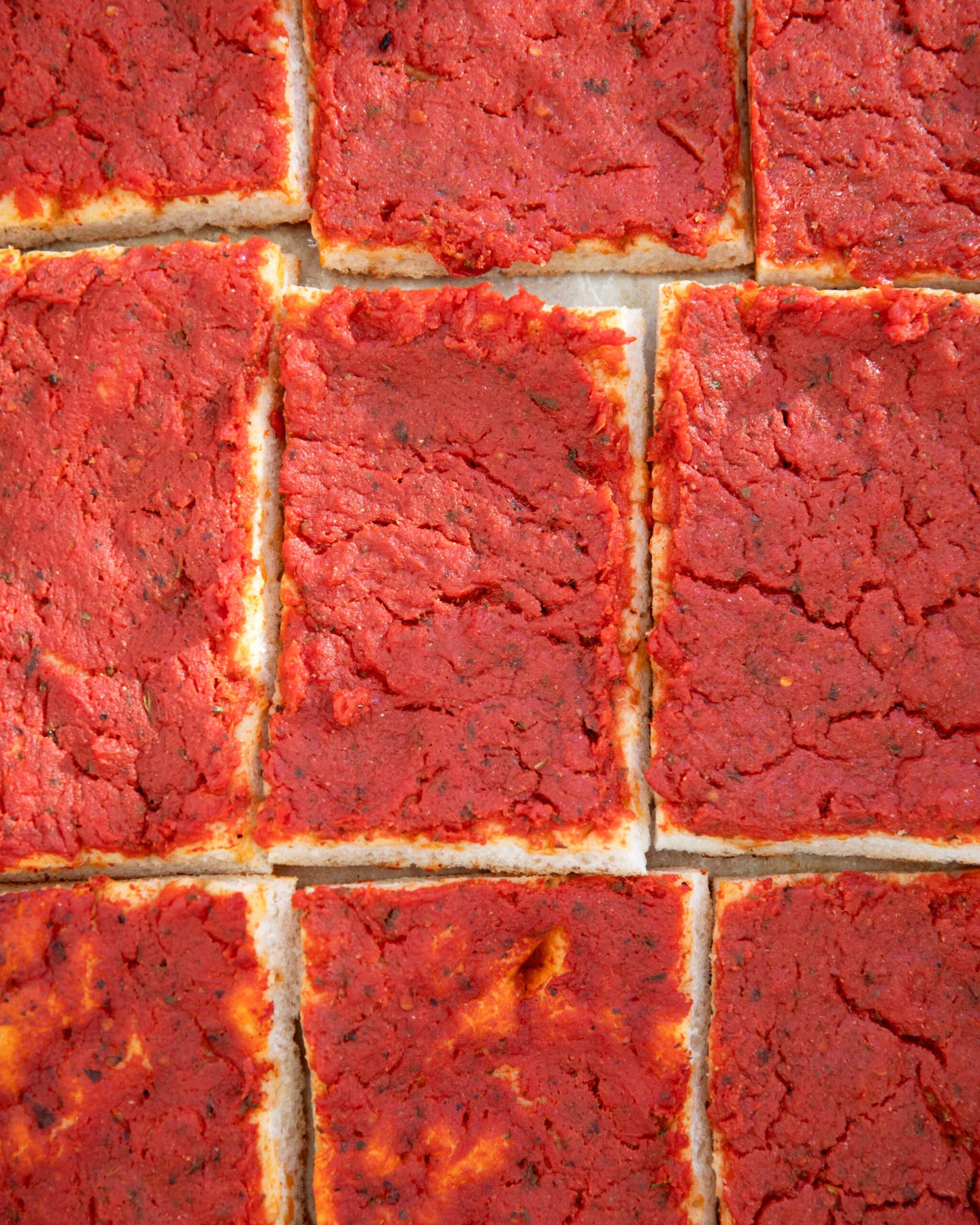
How To Make The Juiciest Beef Tenderloin: Give It A Rest
In The Boys' Club Hunter Lewis aptly describes the way the aroma of roasting meat lures us to the table. But whatever primal instinct compels us to dig right in, giving meat the to rest ca make a big difference in both flavor and texture. During cooking, juices begin to flow: At about 100 degrees Fahrenheit, muscle fibers start to release moisture; at 110 to 115 degrees, fat begins to melt; at 120, protein filaments break down and cluster, squeezing out water molecules. As the temperature continues to rise, these fluids continue to be released; if you were to carve the meat immediately upon removing it from the oven, the flavorful juices would run right out. If you let the meat rest, however, heat trapped inside will cause its overall temperature to rise for approximately five more minutes in in smaller cuts of 15 minutes in larger ones. Once the internal temperature peaks and starts to lower, the meat structure becomes firmer again and better retains its juices, and the entire cut will be moist and full of flavor. When the temperature gets back to about 120, that's the ideal time to carve.
Keep Reading
Continue to Next Story










